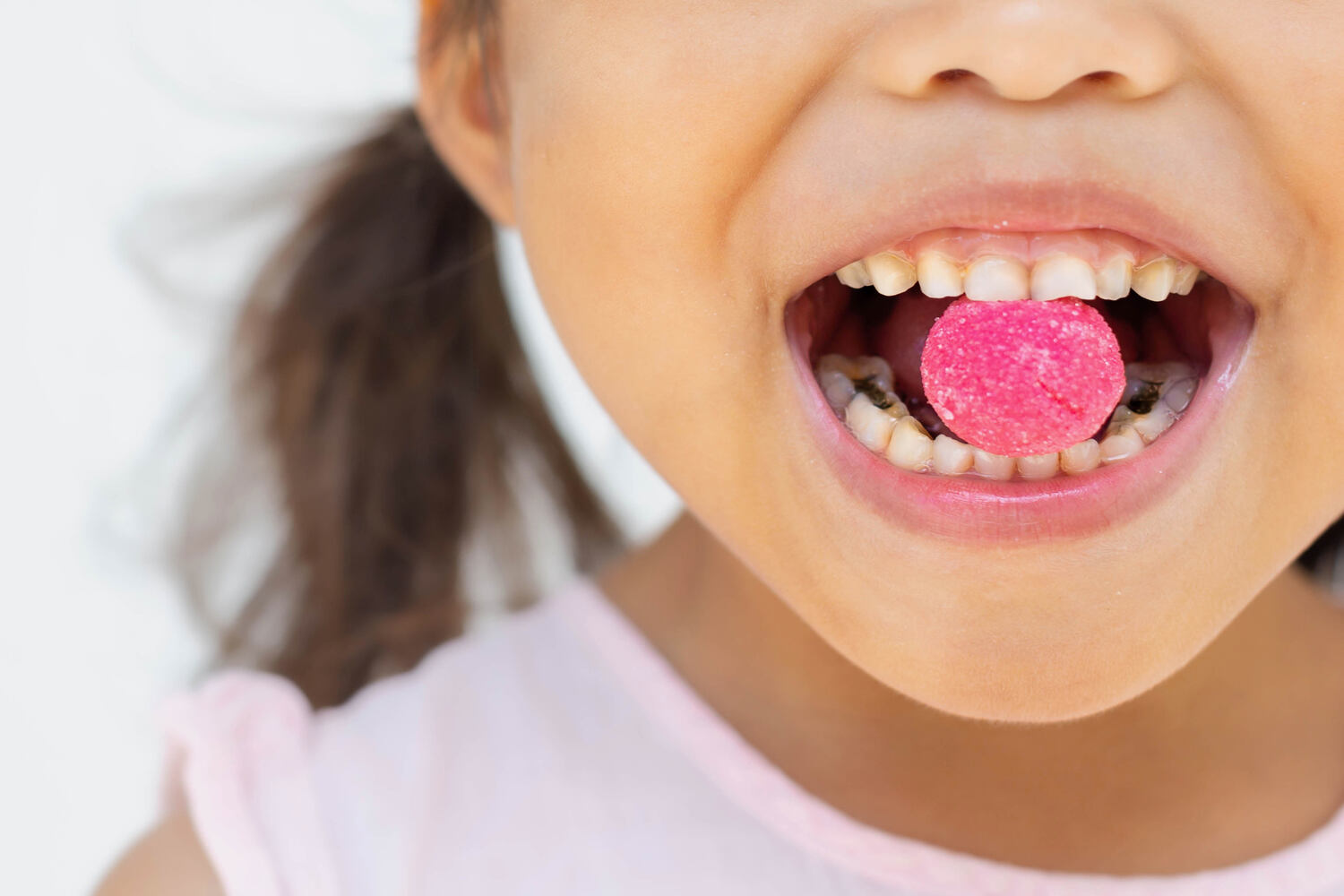
Tooth decay (caries) is one of the most prevalent dental problems worldwide. It is the breakdown, or destruction of the outer enamel layer, leading to tiny holes or pits. Kids are more susceptible to developing tooth decay because primary teeth have a thinner, softer enamel (the outer hard mineral layer of the tooth), and kids have poor oral hygiene and unhealthy eating habits.
Primary teeth are essential since they help kids eat and speak. They also guide the eruption and alignment of the permanent adult teeth in an appropriate position. Thus, taking care of your kids’ teeth right from the beginning is crucial. Read the article further to learn more about the causes of tooth decay in kids, the risk factors, and the effective preventive measures.
In This Article
- What is Tooth Decay?
- What Causes Tooth Decay in Kids?
- What Are The Signs And Symptoms of Tooth Decay in Kids?
- Which Children Are at Risk For Tooth Decay?
- How is Tooth Decay Diagnosed in Kids?
- What Should You Do If Your Child Has a Cavity?
- Tips to Help Prevent Tooth Decay in Kids
- When Should You Consider Seeing a Dentist?
- FAQ’s
What is Tooth Decay?
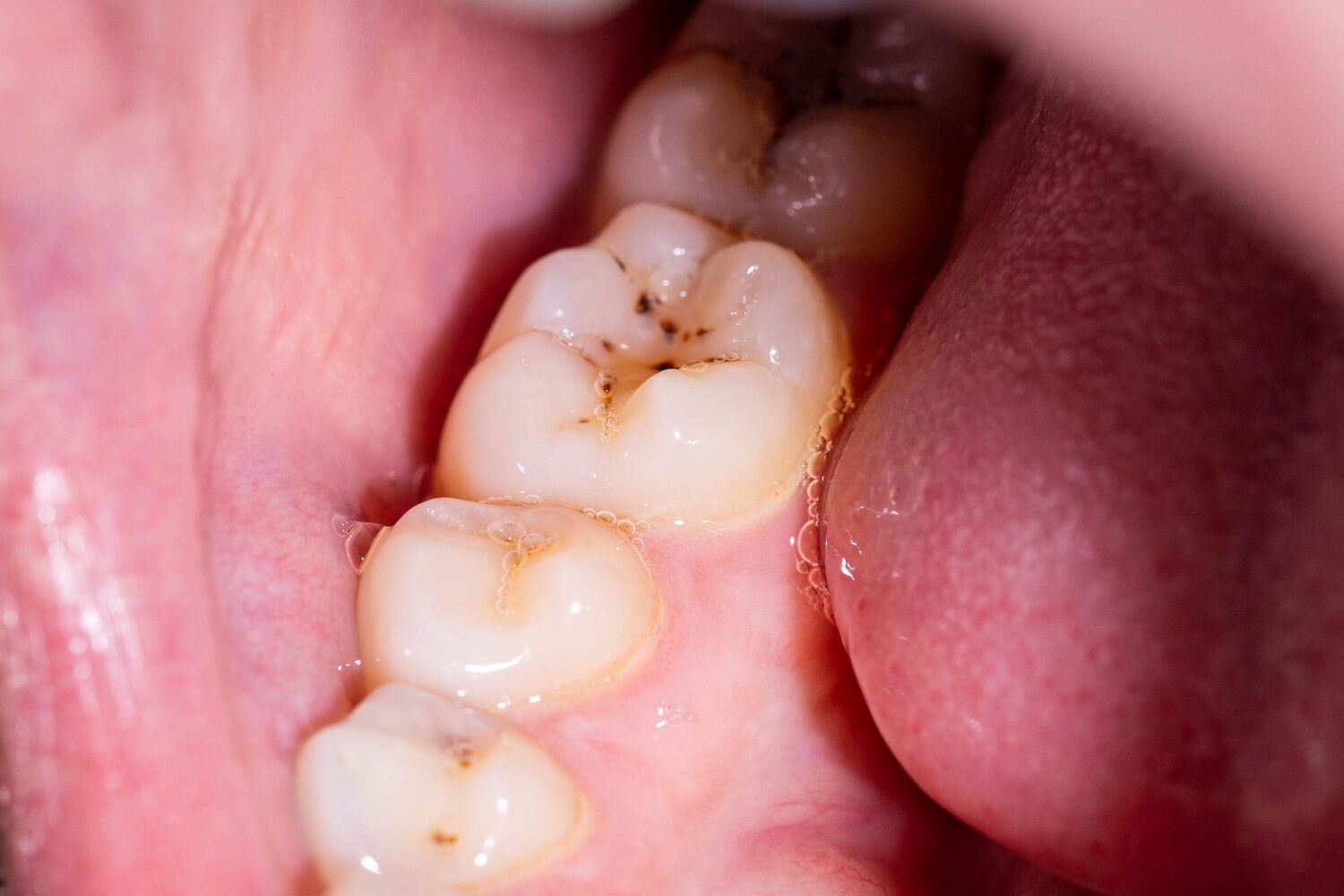
Tooth decay, also known as dental caries, is the destruction of the tooth surface due to the breakdown of the enamel layer. Increased bacterial accumulation leads to the formation of plaque (soft sticky film covering the tooth surface) that produces harmful acids, toxins, and by-products. These toxins demineralize the hard layer of the tooth forming tiny holes, pits, or cavities.
If left untreated, tooth decay in kids can cause pain, swelling, infection, and even tooth loss. It is believed that according to research conducted by the National Institute of Dental and Craniofacial Research, NIDCR, 23% of children ages 2 to 5 years had dental caries in their primary teeth in 2011–2016. (1).
What Causes Tooth Decay in Kids?
The oral cavity (mouth) is filled with bacteria- both good and bad. The bad bacteria is harmful since it combines with food to form a soft, sticky, gelatinous film called plaque. Poor oral hygiene practices can aggravate bacterial and plaque accumulation. The bacteria and plaque together use the sugar and starch from the foods one eats and drinks to produce acids and toxins.
These by-products erode the hard mineral layer on the enamel and develop cavities. Over a while, the plaque can harden to form calculus (tartar), which not only damages the teeth but also irritates the gums to cause gum disease (2).
What Are The Signs And Symptoms of Tooth Decay in Kids?
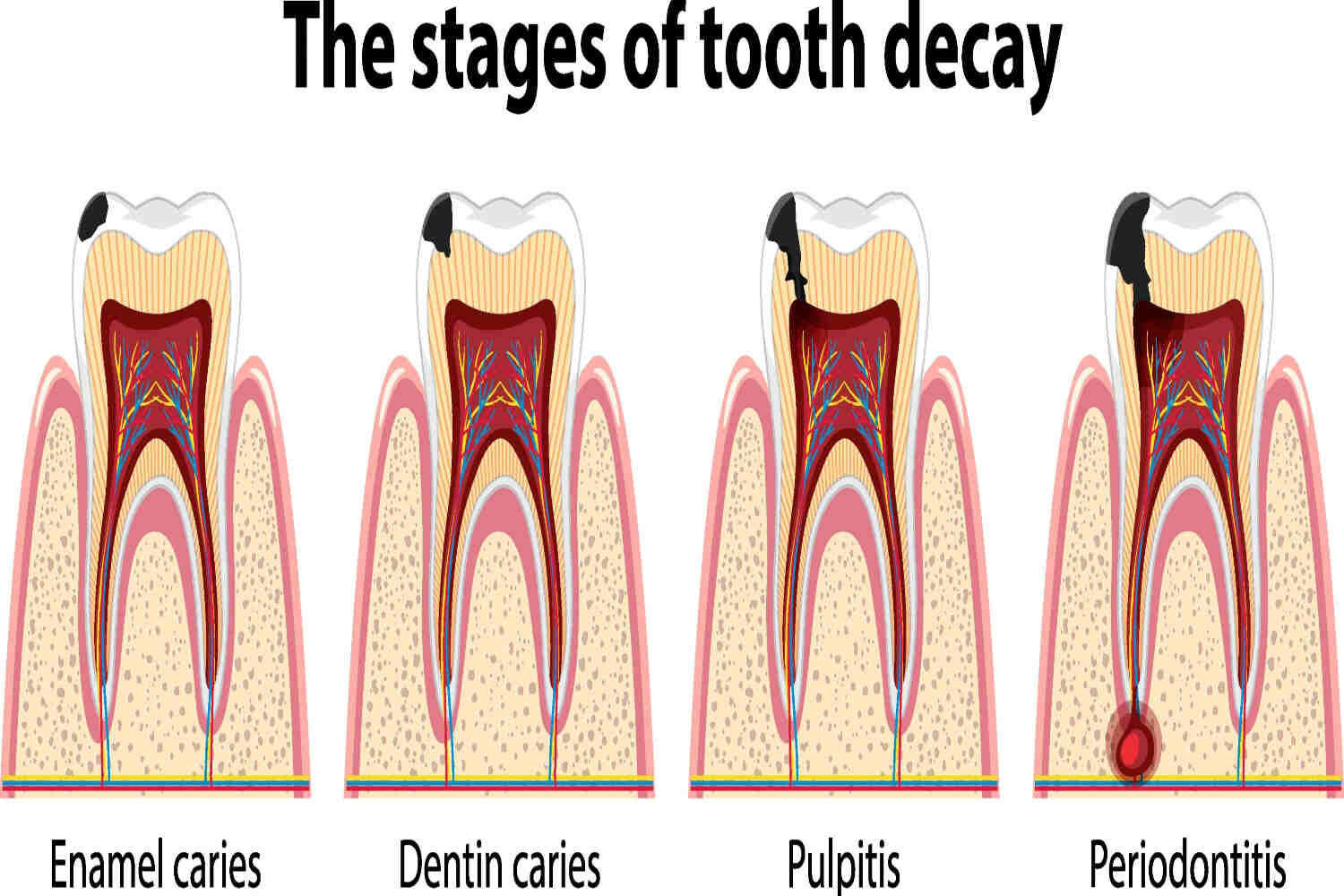
Signs and symptoms of tooth decay in kids can vary for each child. However, the common signs and symptoms based on the different stages of tooth decay include-
Early Tooth Decay
- Initially, white spots appear to form on the teeth in the affected areas. This may lead to early tooth sensitivity to hot, and cold, foods
- A pit or tiny hole (cavity) may begin in the affected area. This may appear yellow, or light brown
- The gums around the affected tooth may be red and swollen
Advanced Tooth Decay
- The cavity may enlarge and widen, spreading into the deeper areas of the tooth, such as the dentin (a bone-like matrix layer of the tooth that lies immediately beneath the enamel), or the pulp
- The color of the tooth decay gradually turns from brown to black
- The tooth may begin to break due to increased demineralization
- Infected tooth cavities may cause pain and discomfort
- There is increased tooth sensitivity to hot and cold foods
- Halitosis (bad breath) with increased gingival swelling, redness, and bleeding is seen in the most severe forms of tooth decay
Which Children Are at Risk For Tooth Decay?
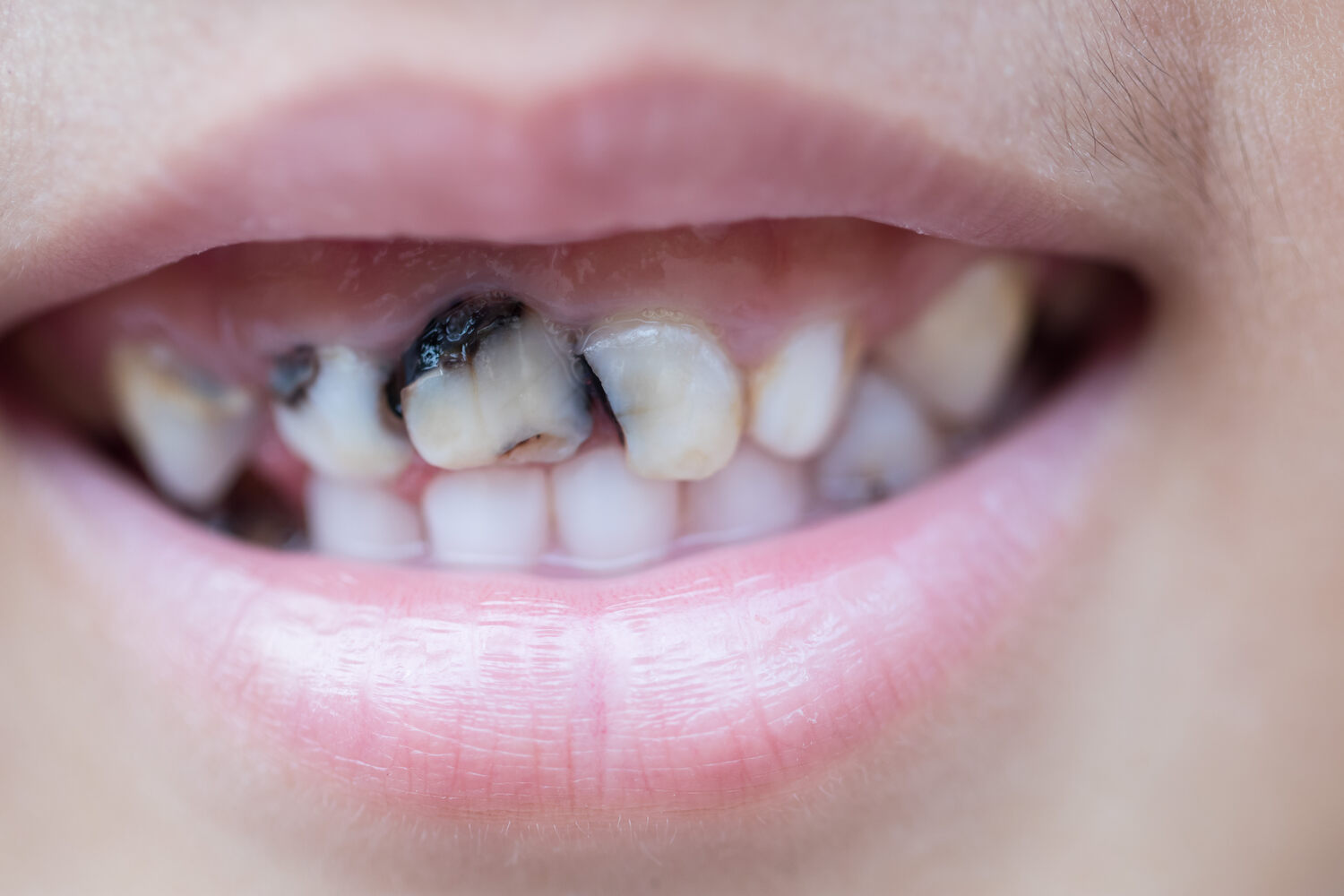
Cause of tooth decay in kids can vary. Not every case of tooth decay is due to consuming sugary foods. There are several other factors at play as well. Your child may be more prone to tooth decay due to some other risk factors as well, like-
Family History
- Siblings or parents with cavities
Unhealthy Food Habits
- Kids who eat and drink a lot of sugary foods and beverages, like candies and sodas, especially between meals (3)
Poor Oral Hygiene
- Kids often refrain from brushing their teeth regularly, which can lead to increased bacteria and plaque accumulation (4)
Special Healthcare Needs
- Kids with compromised immune systems, and connective tissue diseases
Low Salivary Flow
- A low Salivary flow rate and its buffering capacity can increase the caries risk
- Certain conditions like Sjogren’s syndrome can also lead to dry mouth
Environmental Factors
- Kids from low socio-economic status are two times more likely to develop tooth decay
- Inadequate fluoride exposure (5)
Orthodontic Treatment
- Kids undergoing orthodontic treatment such as braces or other oral appliances are more prone to caries due to poor accessibility for brushing
How is Tooth Decay Diagnosed in Kids?
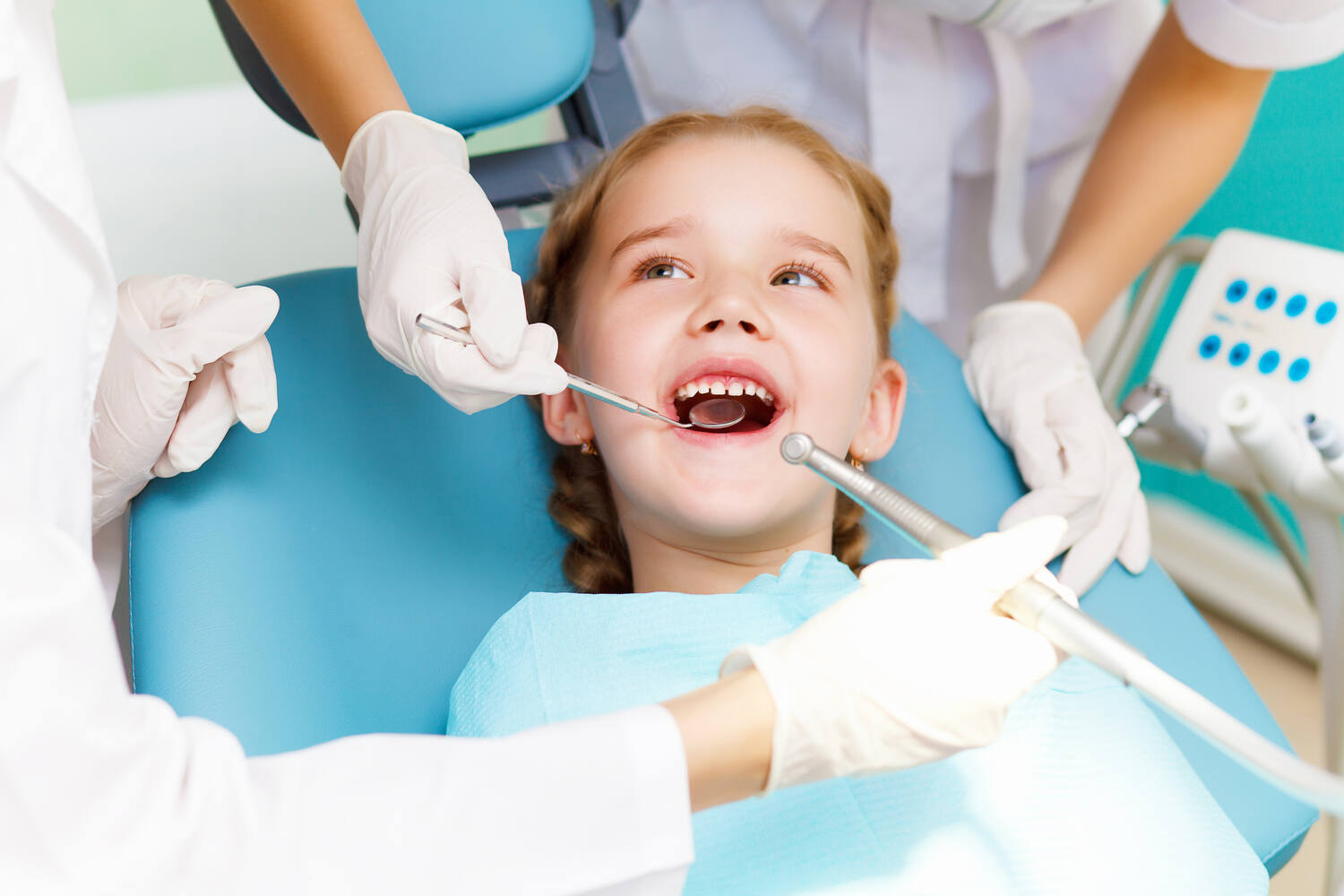
Dentists can diagnose tooth decay in kids based on their complete history which includes the medical history, oral hygiene practices, and eating habits. A physical examination conducted by the dentist can help evaluate the presence of obvious cavities and gum changes. Furthermore, dentists can record X-rays which can help determine the exact location and extent of tooth decay to help them design an appropriate treatment plan.
What Should You Do If Your Child Has a Cavity?
If you notice any signs and symptoms of tooth decay in your kid, the first thing you should do is consult a pedodontist (a dentist who specializes in diagnosing and treating tooth problems in children from birth to adolescence). The pedodontist will recommend the treatment options depending on your child’s age, the extent of tooth decay, and the severity of symptoms. Some treatment options for tooth decay in kids are-
1. Fluoride Treatment
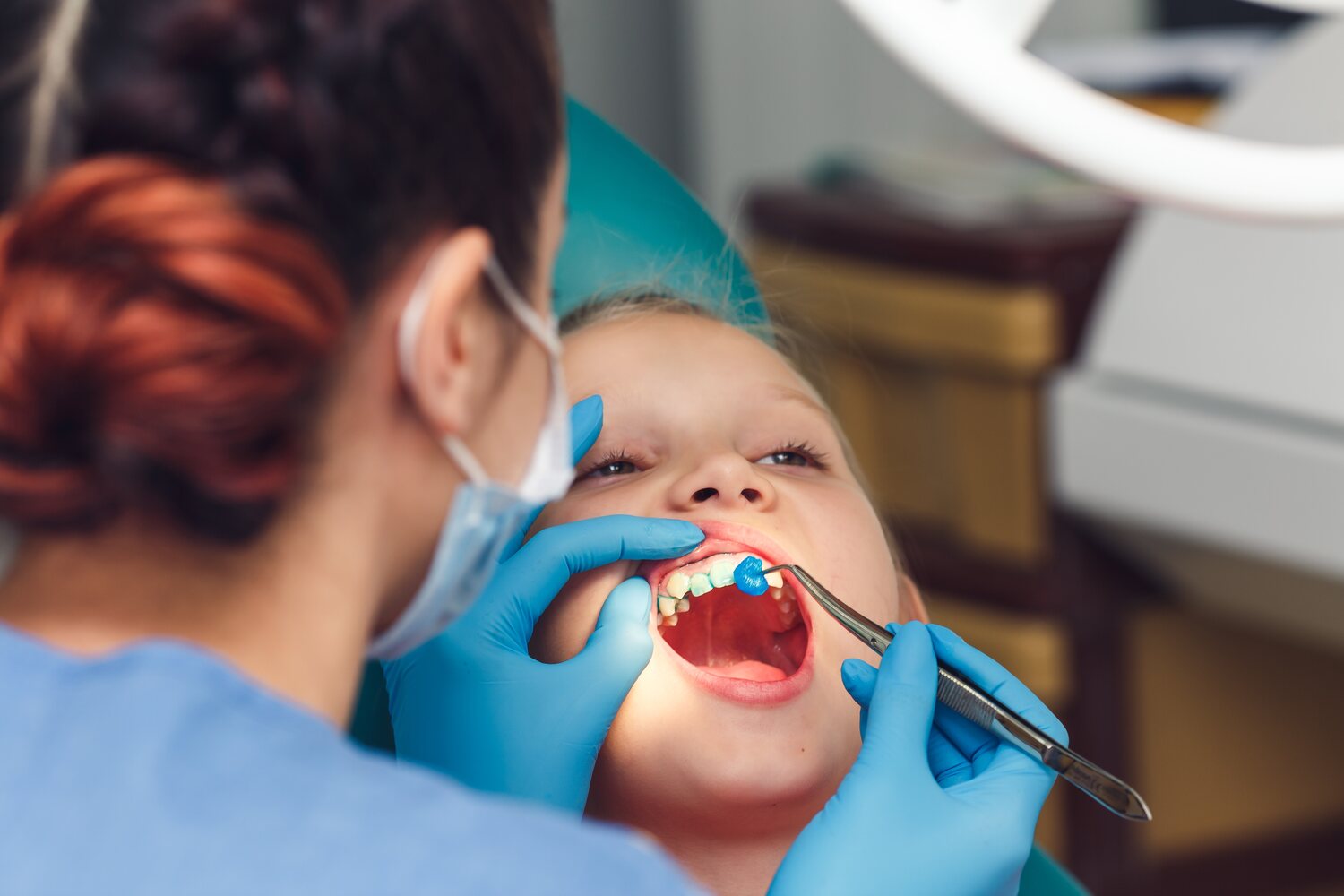
This treatment option helps treat mild tooth decay such as pits and fissures. Fluoride helps in the remineralization of the enamel which can halt tooth decay and prevent further damage (6a). Usually, dentists recommend a topical fluoride treatment for kids.
2. Fillings or Restorations
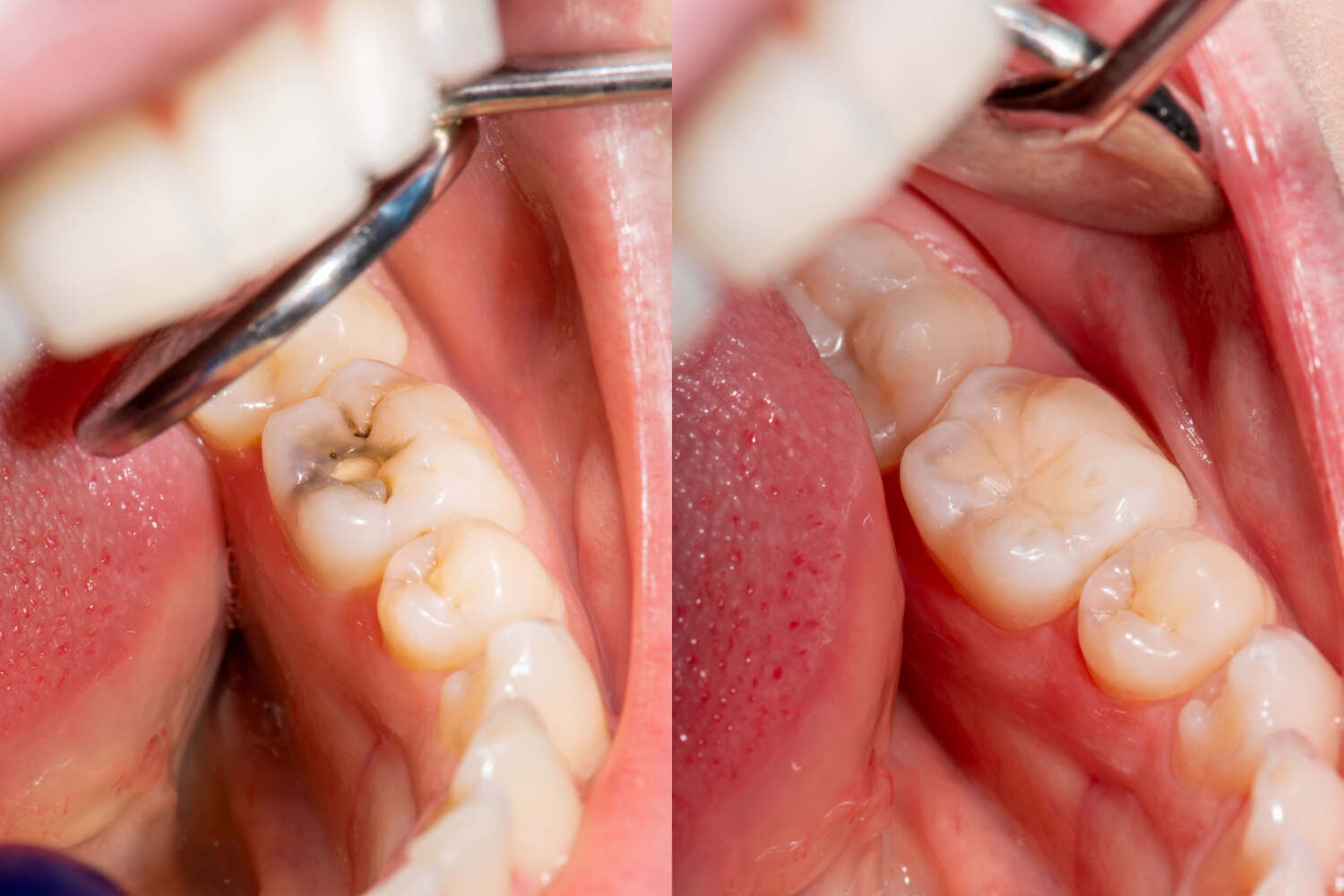
Cavities or holes in the tooth surface will require restoration or filling using suitable dental material. The dentist will remove the decayed tooth structure, prepare the tooth, and restore it
3. Root Canal Therapy
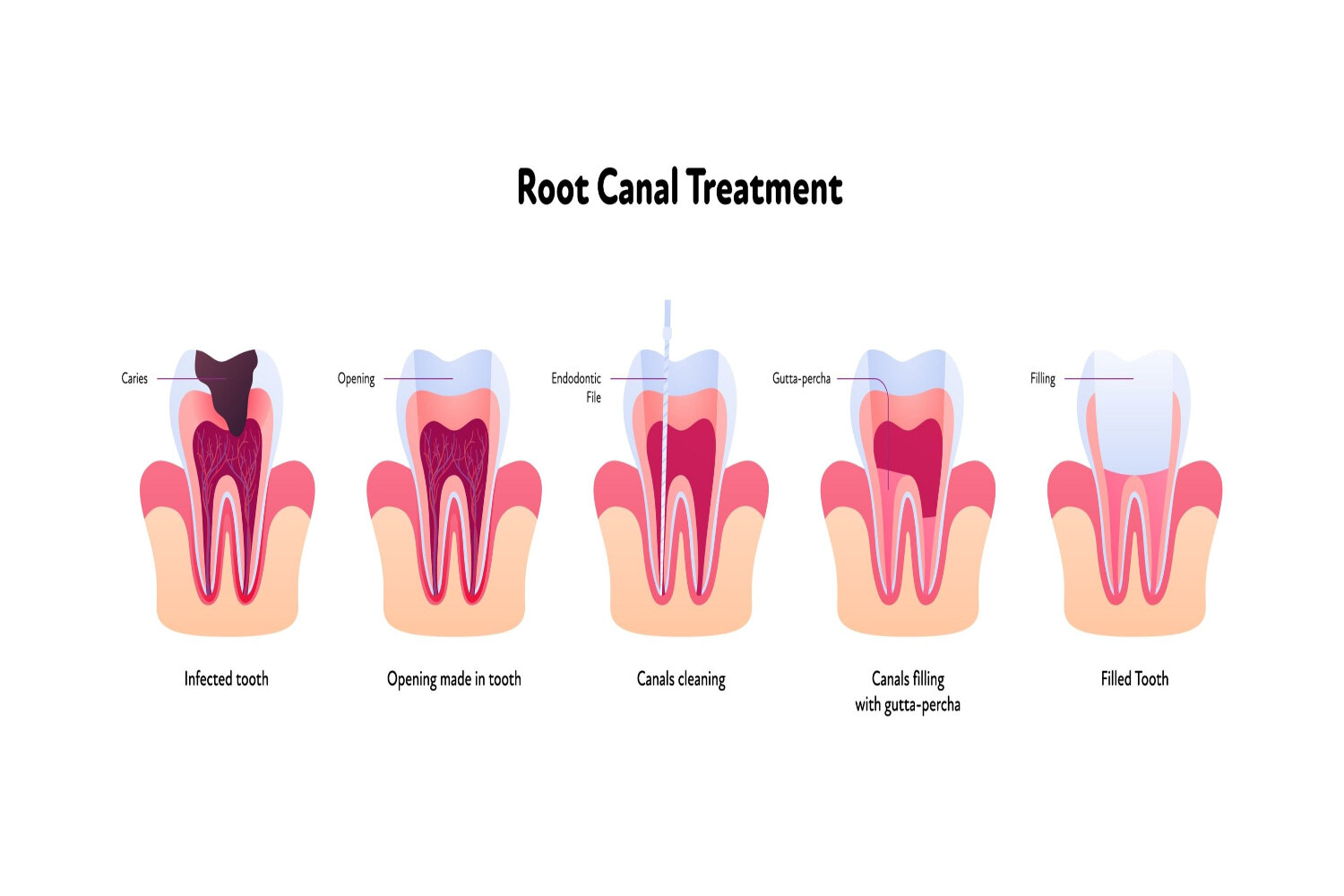
Tooth decay in kids that extends beyond the dentin (a layer of your tooth that lies beneath the enamel) and involves the pulp (a jelly-like core of the tooth containing nerves, blood vessels, and connective tissue) requires extensive procedures such as root canal therapy (RCT). RCT in kids is of two types namely-
a. Pulpotomy
Removal of the crown part of the pulp and restoring it with a suitable resorbable material.
b. Pulpectomy
Removal of the entire pulp (crown and roots), and restoring it with a resorbable material. Your kid’s pedodontist may provide a dental crown (preferably a stainless steel crown) to restore the form and function of the affected tooth.
4. Tooth Extraction
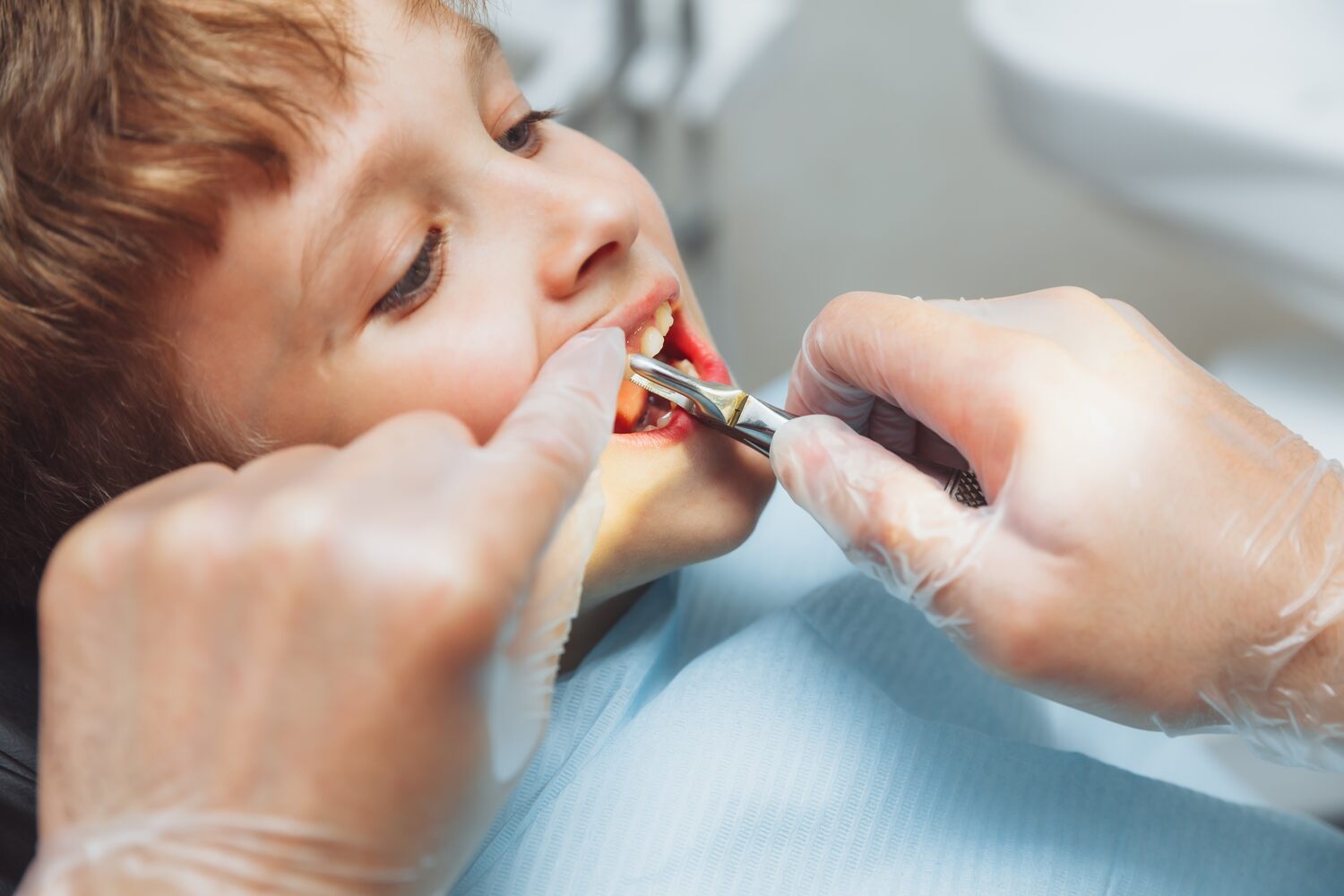
Extensive tooth decay that is beyond repair through root canal treatment requires extraction. Your kid’s pedodontist may usually provide a space maintainer to close the extraction gap and facilitate proper eruption and alignment of the permanent tooth.
Tips to Help Prevent Tooth Decay in Kids

The sooner you understand the importance of your kid’s primary teeth and take care of them, the more likely you will restore their oral health during their entire lifetime. You can help prevent cavities in kids by following some simple steps-
- Begin oral care even when your kid does not have teeth. Make sure to use a soft moist cotton or cloth to wipe their gums, especially after every feed
- Avoid leaving the bottle in your baby’s mouth for a long time, especially at night
- Start brushing your kid’s teeth as soon as the first one pops out. Brush their teeth, tongue, and gums twice daily with a fluoride toothpaste prescribed by the pedodontist (6b)
- You can guide and watch kids over 3 years of age while they brush their teeth (7)
- Once your kid is over 2 years of age, floss their teeth daily (6c)
- Make sure your kid eats a well-balanced diet that includes fruits, vegetables, and grains
- Limit the intake of sugary foods and drinks (6d)
- Limit snacking in between meals
- Opt for fluoride application since it helps make the enamel stronger, and reverses the enamel damage through remineralization (6e)
- Discuss sealants with your kid’s pedodontist. Dental sealants are protective coatings applied to the posterior (back) teeth. Sealants keep the bacteria and plaque from getting stuck on the uneven surfaces of the posterior teeth (molars) (6f)
- Schedule routine dental appointments once every 6 months (6g). The pedodontist can provide thorough oral examinations and professional cleanings to prevent tooth decay in kids. Oral exams can spot early signs of tooth decay, while cleanings can help eliminate bacteria and plaque
When Should You Consider Seeing a Dentist?

It is advisable to visit the dentist when your kid is as young as 6-months-old. This is the time when most kids have their first tooth erupted. First visits are ideally about getting your kid accustomed to the dentist. If you notice any white or brown stains in your baby’s teeth consult the pedodontist for further course of action.
You should also consider seeing a dentist if your child experiences the following symptoms-
- Increased tooth pain
- Increased gingival swelling and bleeding
- Fever (> 103 ℉)
- Trouble eating or chewing
- Pus-discharging abscess around the affected tooth
- Facial swelling and asymmetry
Tooth decay is a prevailing dental problem globally, with kids being the most susceptible. It is the breakdown of the enamel and is often prevalent in kids due to thin enamel layers, poor oral hygiene, and unhealthy eating habits. However, you can effectively avoid the development of tooth decay in kids, or its progression by following certain preventive measures. Remember to inculcate good oral habits in your kids that continue throughout their lifetime. Oral health is essential since it improves your overall health and well-being.
FAQ’s
1. At What Age Does Tooth Decay Start For Kids?
Children at any age can get tooth decay, and it can start as the baby teeth come in usually between 6 to 10 months of age. Tooth decay in kids forms faster in baby (primary) teeth than in permanent teeth.
2. What Deficiency Causes Tooth Decay in Kids?
The following deficiencies can cause tooth decay in kids- calcium, vitamin A, C, D and K, iron, magnesium.
3. Can a Cavity go Away Naturally?
A mild enamel weakening in the form of a white spot can heal on its own and go away naturally with an improved and consistent oral care routine. However, a prominent cavity or a hole may not heal naturally and require dental treatments in the form of fillings or root canal therapy.
4. Can Coconut Oil Heal a Cavity?
Coconut oil may not heal a cavity since there is no such science-backed evidence. Using coconut oil should not be a substitute for brushing and flossing. However, oil pulling with coconut oil can help reduce the harmful bacteria in your mouth, fight against decay-causing plaque, and prevent bad breath (8). Coconut oil can help keep your oral cavity clean and healthy, protecting you from tooth loss.
References
- NIDCR – [https://www.nidcr.nih.gov/research/data-statistics/dental-caries/children]
- Tooth Decay Is the Most Prevalent Disease – [https://www.ncbi.nlm.nih.gov/pmc/articles/PMC6373711/]
- Added Sugar and Dental Caries in Children: A Scientific Update and Future Steps – [https://www.ncbi.nlm.nih.gov/pmc/articles/PMC6242348/]
- Tooth decay: Overview – [https://www.ncbi.nlm.nih.gov/books/NBK279514/]
- Water fluoridation, poverty and tooth decay in 12-year-old children – [https://www.sciencedirect.com/science/article/abs/pii/S0300571200000051]
- Preventing tooth decay in children and teenagers – [https://www.ncbi.nlm.nih.gov/books/NBK279515/]
- Primary Tooth Decay Prevention Program in Children: Application of Intervention Mapping Approach – [https://www.ncbi.nlm.nih.gov/pmc/articles/PMC9023154/]
- Effect of coconut oil in plaque related gingivitis — A preliminary report – [https://www.ncbi.nlm.nih.gov/pmc/articles/PMC4382606/]
